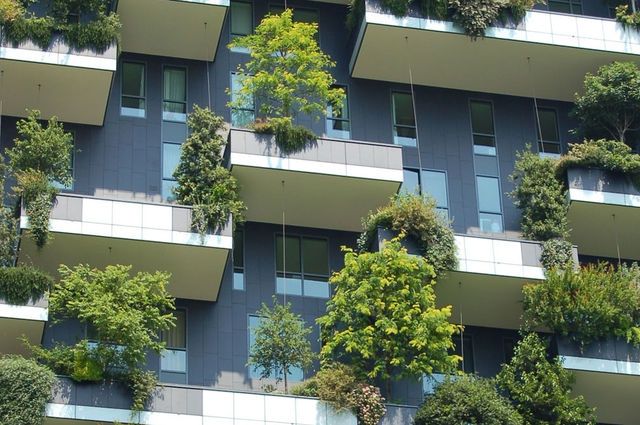Climate Emergency And The Hospitality Industry: Are We On Track?
14 experts shared their view
The hotel industry must reduce its greenhouse gas (GHG) emissions per room per year by 66% by 2030, and 90% by 2050 (see ITP, 2017). However, looking at 10 of the largest hotel companies, only one sets a goal that is in line with the science-based targets. Decarbonization has long become an integral part of risk assessment in other industries. Considering the current growth in hotel supply, the industry has already committed future carbon dioxide emissions via (often) poorly designed and air-conditioning hungry new properties. What drives the lack of commitment in the hospitality industry? What keeps developers and investors away from building a carbon-neutral future? What are the main obstacles ahead? What can the industry do better and how?
Taking this road and becoming serious about the hospitality industry's obligation to do its fair share in combating the current climate crisis will need significant investments in buildings and infrastructure. Doing so, however, means directing capital away from shareholder returns and/or expansion plans. Given current shareholder expectations and expansion pipelines, I doubt that our industry will start pushing for this development voluntarily and in time.
Hotel companies will need to say goodbye to their current growth-above-all-paradigm and move to a consolidation and CO2e-reduction-above-all goal. The industry needs to fathom how a no-growth age could look like that focusses all available resources on becoming carbon-neutral.


